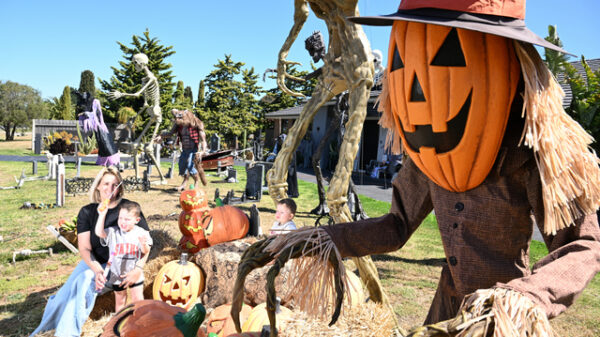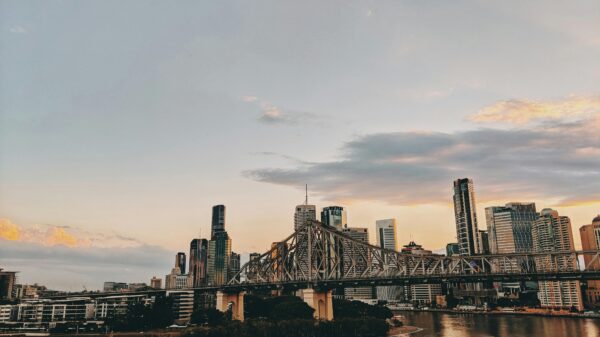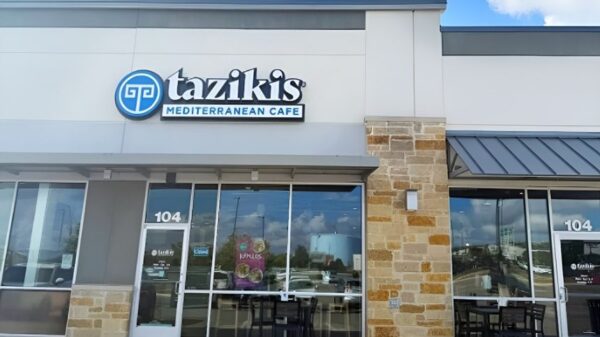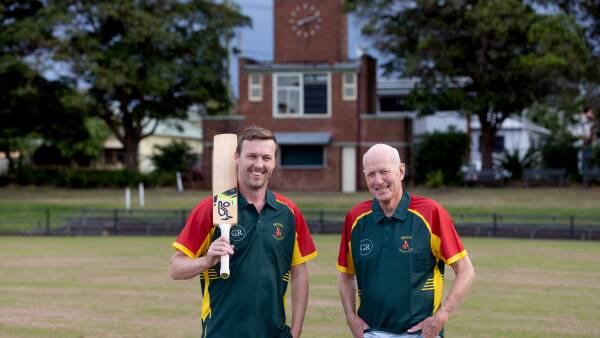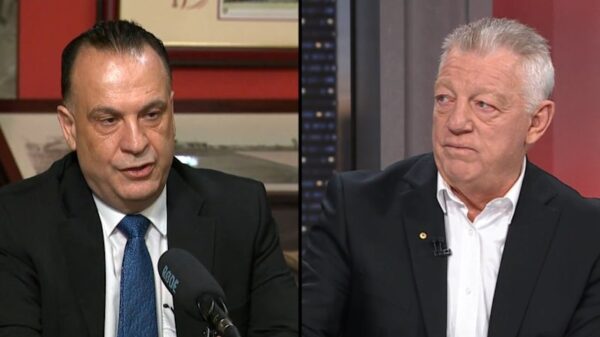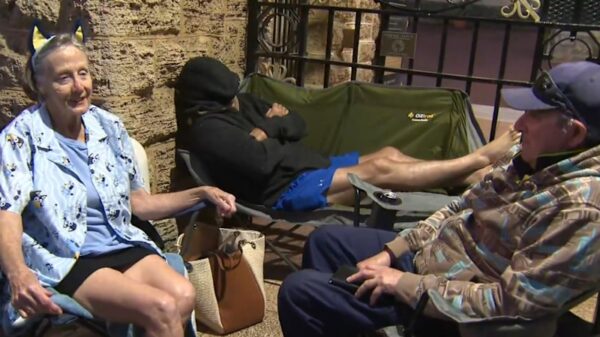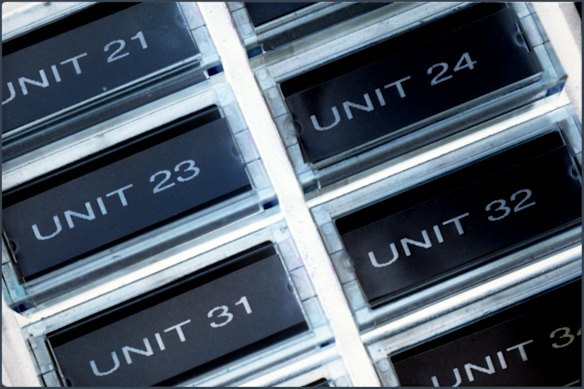URGENT UPDATE: The latest Retirement Living Census reveals that the average price of a two-bedroom independent living unit has surged 16.5% in just one year, escalating from $559,000 in December 2023 to a staggering $651,000 by December 2024. This unprecedented spike marks the most dramatic increase in retirement village prices seen in over a decade.
The urgent rise in prices is attributed to three key factors that are reshaping the retirement housing landscape. First, a severe shortage in supply has led to national vacancy rates plummeting to just 4%, with Western Australia bearing the lowest rate at 2%. This scarcity means waiting lists for retirement villages are now the norm, pushing prices higher as demand outstrips supply.
Second, the market is witnessing an influx of luxury developments, significantly altering the pricing dynamics. In Melbourne, a two-bedroom apartment at St Clare in Kew fetched an astonishing $2.75 million, while The Watermark Residences in Sydney’s lower north shore are seeing similar two-bedroom apartments sell for around $3 million. These premium listings highlight the growing disparity in housing options available to retirees.
Lastly, the affordable segment of the market is virtually non-existent. Only 3.9% of village homes are priced low enough to qualify for Commonwealth rent assistance, with a price cap of $258,000. This scarcity of affordable options exacerbates the financial pressure on retirees seeking independent living arrangements.
Despite these soaring prices, retirement villages remain more accessible compared to the broader housing market. On average, an independent living unit costs just 59% of the median house price in the same suburb, with Sydney metro offering the most affordable units at only 48% of the median price. In contrast, Tasmania’s average units are the most costly, averaging 85% of the median house price.
It’s important to note that the purchase price is just one aspect of the financial equation. The average exit fee for these properties remains steady at 33%, with the majority of fees (approximately 75%) calculated based on the original purchase price, adding additional financial considerations for potential buyers.
As the rise in retirement village prices continues to unfold, prospective buyers and current residents alike need to stay informed about market dynamics and available options. Authorities urge those considering a move to act quickly, as the limited availability of affordable units poses significant risks for future buyers.
Stay tuned for more updates on this developing story as the retirement housing market evolves.





